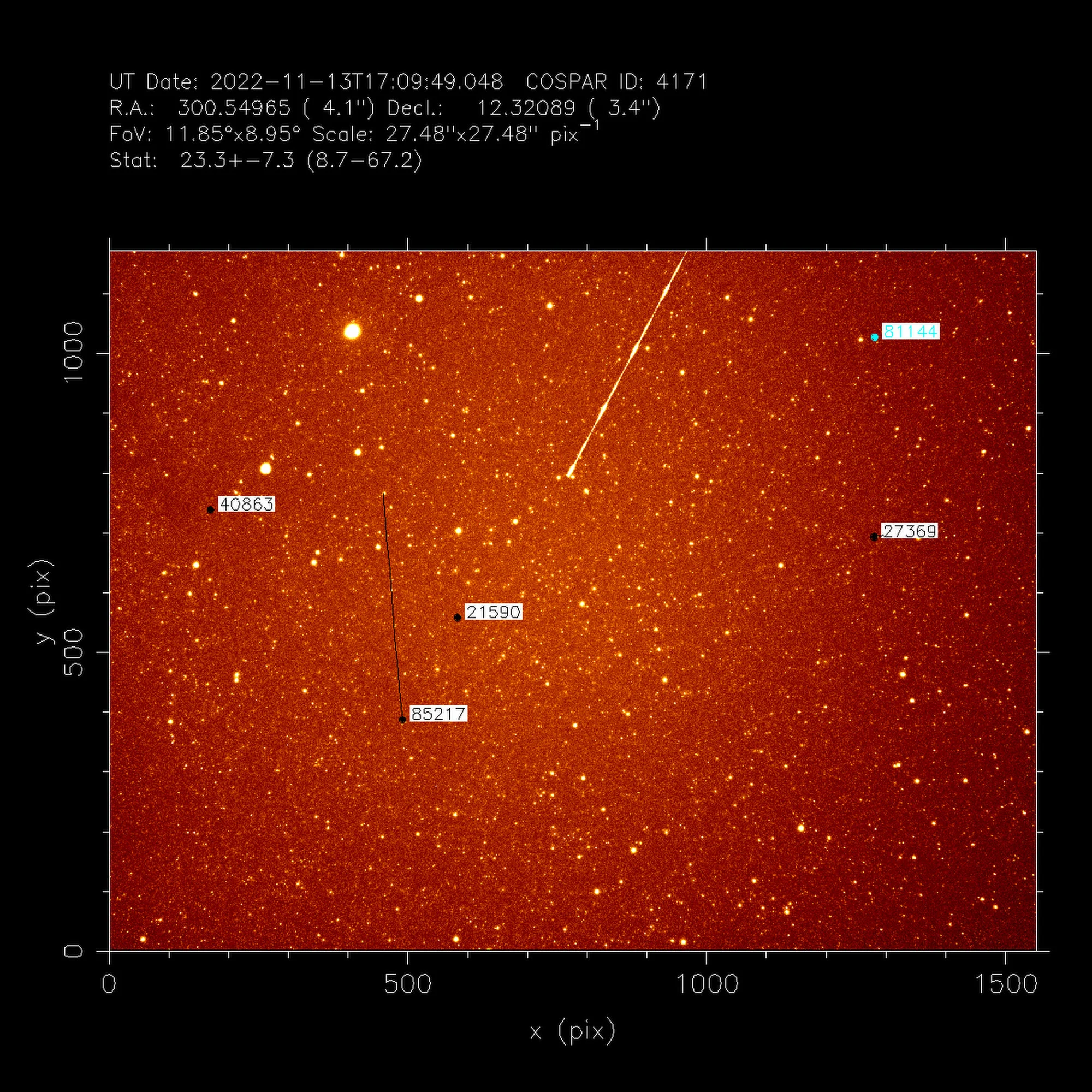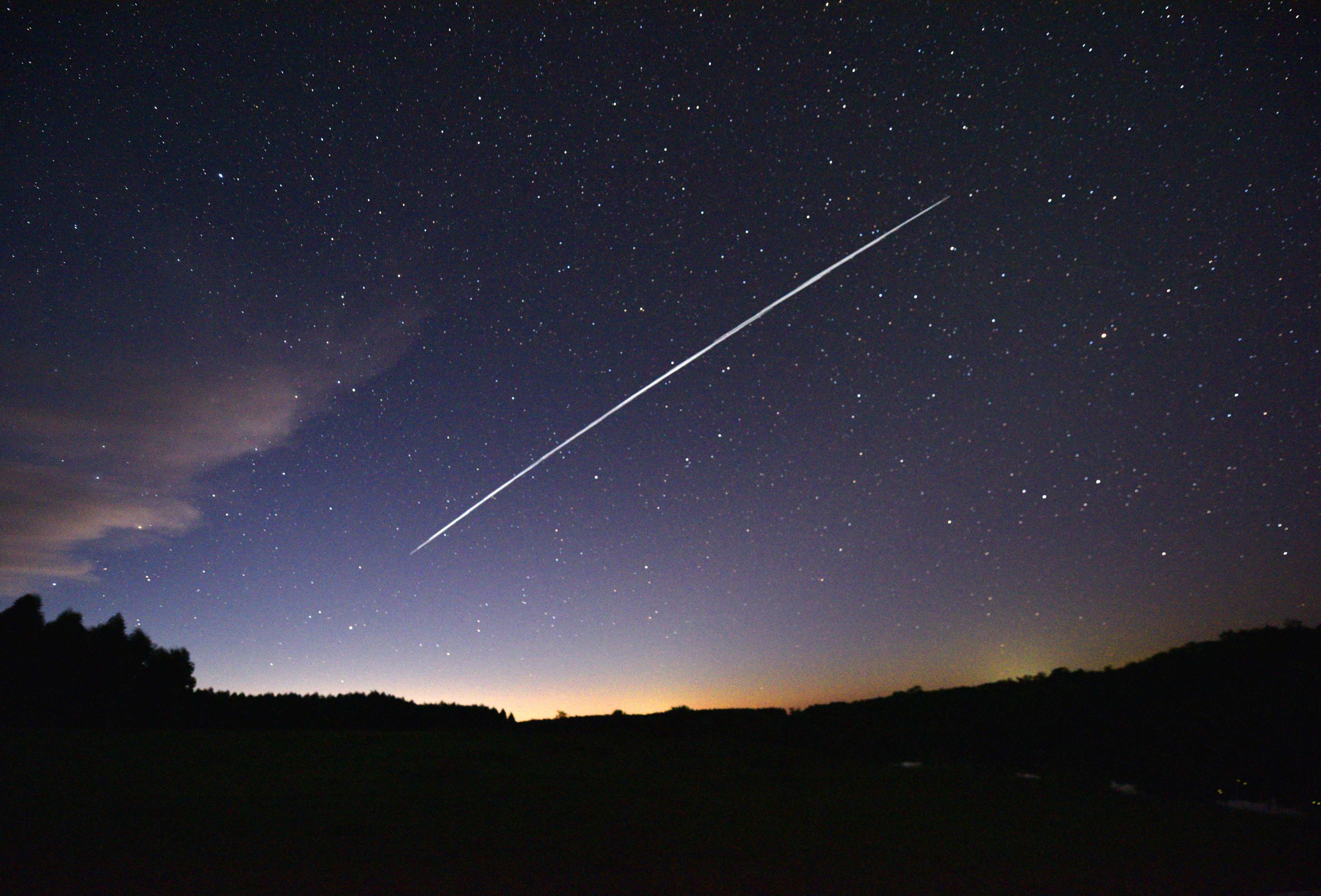China's Long March 6A rocket collapsed in space, and now its debris threatens Starlink satellites

The amount of space debris in Earth orbit has increased because the Chinese Long March 6A rocket fell apart into many pieces.
Here's What We Know
Authorities in the People's Republic of China have officially confirmed that the Long March 6A rocket has collapsed. Now its fragments threaten the Starlink satellites, which were put into Earth orbit.
The U.S. Space Force also responded to the incident. The service said the Long March 6A rocket broke apart into more than 50 pieces at an altitude of 500-700 kilometers from Earth. The Dutch astronomer Cees Bassa counted "more than 40 fragments."

There are thousands of Starlink satellites at an altitude of 500 km. The debris from the rocket must not threaten the International Space Station, since it is slightly below. The same applies to the Chinese Tiangong station.
Long March 6A was used to orbit the Yunhai-3 satellite. On November 12, it successfully accomplished its mission. What caused the destruction of the rocket, Chinese authorities have not yet said. It is possible that the spacecraft began to experience problems after trying to jettison fuel. This procedure is necessary just to avoid such situations.

After the start of the war in Ukraine, Chinese scientists are actively looking for ways to destroy Starlink in case of a military clash with the United States. Chinese authorities believe that SpaceX satellites could be used by the U.S. military. Late last month, scientists proposed the option of detonating a 10-megaton atomic bomb that could take out thousands of Starlink spacecraft.
Source: scmp